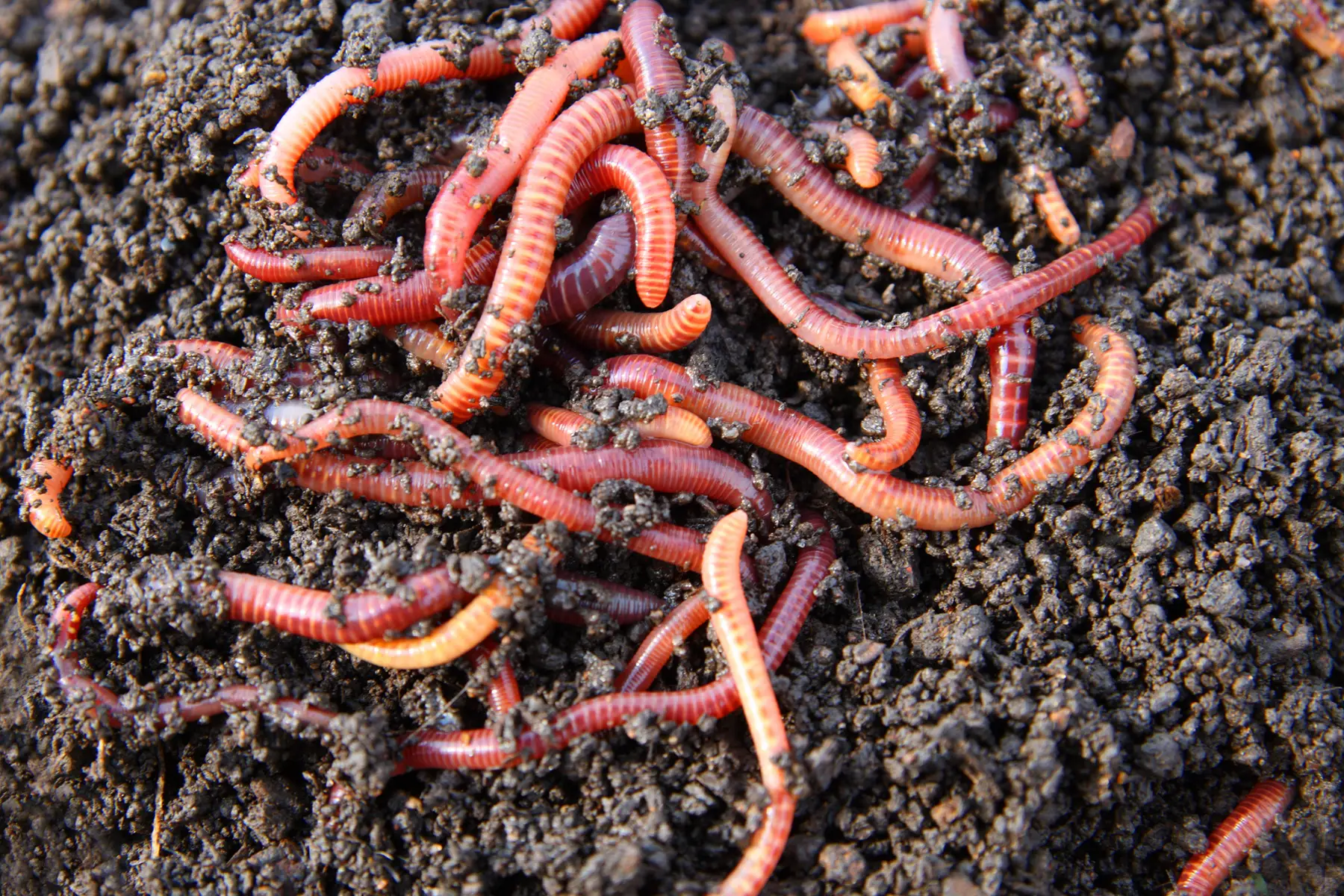Last Updated on April 10, 2024 by Real Men Sow
Worms make great compost and soil and you can make a healthy compost heap full of them. But there’s another way to transform kitchen scraps and weeds into nutrient-dense goodness – it’s called a wormery.
What’s A Wormery?
Wormeries or worm composters use special composting species of worms to transform kitchen waste into fertilizer and nutrient-dense soil. They are easy to use, don’t smell, and take up little space. You can use one to compost your balcony or courtyard garden or add it to a traditional compost pile or bin.
How a Wormery Works
A worm usually has at least two compartments. The liquid in the bottom compartment can be used to make liquid feed for your plants. You will put your kitchen scraps and worms’ food in the top compartment. This is where you will make your compost or worm castings. The lid prevents everything from drying out and becoming flooded by the rain.
Setting Up A Wormery For Best Composting
You can use two compartments, but a third makes it easier to collect the compost. The bottoms of the top and middle trays have holes that allow liquid from the worms to percolate into the bottom. Once a tray has been filled, the holes allow worms to migrate upwards into another tray so that the compost can be harvested from the vacated one.
Making a Wormery
To make your wormery, choose trays or boxes. Plastic boxes are approximately 16x20in (40x50cm), and 8in (20cm deep). A simple plastic tap or water barrel tap, drill bits, and a lid are all you will need.
Of course, you’ll need worms but don’t use the worms in the garden. They’re great for digging and improving soil quality, but they are not as efficient at composting. Online ordering is possible for composting worms. We use a mix of European nightcrawlers as well as tiger worms that can eat twice their body weight per day.
Assembling
Let’s start by assembling the wormery by drilling a hole or cutting a hole in the bottom tray to fit the faucet’s thread. It should be placed as low as possible so that the liquid doesn’t get to the bottom of the tray when it is being drained. Secure the back nut to secure it in place, then you can drain the liquid more easily by placing the wormery on bricks.
Drill quarter-inch holes (half-centimetres) approximately every two inches (5cm) along the bottom of each tray. One row of holes should be drilled near the top of each tray at the same spacing and size. These holes will improve airflow and create a healthier environment.
Now comes the fun part, time to add your worms. Begin by adding a layer of bedding material three inches (8 cm) thick. Coir fibre or compost can be used. You’ll see them soon sinking into the lovely bedding. After you have added your worms to the bowl, layer some kitchen waste. To keep them snug, you can add a layer of hessian. You can give them time to adjust to their new home by giving them a week to wait before adding more food.
Your wormery should be kept in a cool, dry area. The worms don’t like being frozen so it is best to move the wormery indoors during winter.
Looking After Your Composting Worms
You can add food to the compost one at a time. Do not add too much food at once, as it can cause an unpleasant odor and attract flies.
You can add vegetable scraps to your compost or coffee grounds. However, worms won’t eat meats and animal products like cheese, which could only attract flies. Avoid citrus peel, garlic and other alliums such as onion and garlic. Too much can make the compost too acidic for your worms. You can also add a small amount of weeds or leaves to the mix, along with shredded newspaper and torn-up cards.
When the top tray is full, you can swap it with the middle tray to fill it in. Once the food is gone, the worms will move up the holes and eat the food. The tray will then be empty and ready to collect. This process can be repeated each time that the tray is full.
Using Worm Compost and Worm Wee
You can use worm compost, also known as vermicompost or worm castings to make a soil conditioner or to add to your potting mix to provide a nutritional boost. When the liquid collects, drain it from the bottom tray. This super-elixir is known as worm tea, worm wee or worm tea. Before using, mix one-tenth of the liquid with ten percent water.

